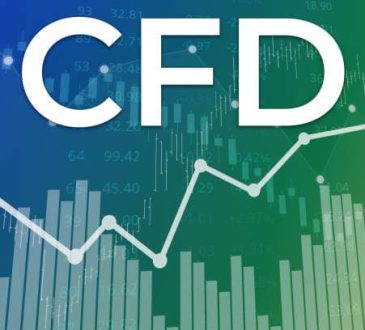
Ever wondered how the world’s economies are like a vast ocean, with each country’s market being a unique wave? It’s a dynamic dance of supply and demand, currencies, and commodities, all interconnected in a complex web that dictates the rhythm of global trade. Let’s dive into the heart of this ocean and explore the global market trends and their impact on trading without the formalities and with a touch of casual flair.
Market Trading: The Pulse of the Global Economy
you’re at a bustling marketplace, the air filled with the hum of negotiations, the scent of exotic goods, and the vibrant colors of international flags. That’s the essence of market trading on a global scale, but instead of physical goods, we’re talking about stocks, currencies, and commodities. It’s a high-stakes game where every move can make or break a trader’s day.
Market trading is the lifeblood of the global economy, the invisible hand that guides the flow of capital and resources. It’s not just about making a profit; it’s about understanding the intricate dance of supply and demand, the ebb and flow of market sentiment, and the influence of geopolitical events.
The Rise of Digital Markets
With the advent of the internet, market trading has taken a leap into the digital realm. Platforms like https://www.markets.com have revolutionized the way we trade, making it more accessible and efficient. Traders can now access real-time data, execute trades with a click, and analyze market trends from the comfort of their homes. This digital transformation has democratized trading, allowing individuals to participate in the global market with relative ease.
Global Market Trends: The Winds of Change
Market trends are like the winds that propel the sails of trade. They can be unpredictable, but understanding them can set a trader on a course for success. Trends are shaped by a myriad of factors, from economic indicators to social and political events. For instance, a change in interest rates can ripple through the market, affecting currencies and stocks. Or a natural disaster can disrupt supply chains, impacting commodity prices.
The Butterfly Effect in Trading
Have you ever heard of the butterfly effect? It’s the idea that a small change in one place can cause a much larger effect elsewhere. In market trading, this is very much a reality. A minor policy change in one country can send shockwaves through the global market, affecting everything from oil prices to tech stocks. Traders must be to these subtle shifts and adjust their strategies accordingly.
The Power of Diversification
Diversification is the trader’s shield against market volatility. By spreading investments across various markets and assets, traders can mitigate risk and potentially increase returns. It’s about not putting all your eggs in one basket, but rather, creating a balanced portfolio that can weather the storms of market fluctuations.
The Role of Market Sentiment
Market sentiment is the mood of the market, a collective feeling that can sway trading decisions. It’s influenced by news, rumors, and even social media. Positive sentiment can drive up prices, while negative sentiment can lead to a sell-off. Traders must navigate these emotional waters carefully, using both logic and intuition to make informed decisions.
The Impact of Geopolitical Events
Geopolitics plays a significant role in shaping market trends. Conflicts, elections, and policy changes can all have a profound impact on the market. For example, trade wars can lead to market uncertainty, affecting global trade flows and investment decisions. Traders must stay informed and adapt their strategies to these ever-changing geopolitical landscapes.
The Art of Timing the Market
Timing the market is both an art and a science. It’s about predicting market movements and making trades at the right time. Some traders use technical analysis, studying historical price patterns to forecast future trends. Others rely on fundamental analysis, looking at the underlying economic factors that drive market prices. Regardless of the approach, timing is crucial in market trading.
The Importance of Risk Management
Risk management is the cornerstone of successful trading. It’s about setting limits, knowing when to cut losses, and when to let profits run. It’s a delicate balance that requires discipline and a clear understanding of one’s risk tolerance. Without proper risk management, even the most promising trades can turn sour.
The Future of Market Trading
As we look to the future, market trading is set to become even more dynamic and interconnected. With advancements in technology, artificial intelligence, and machine learning, the way we trade will continue to evolve. Traders will have access to more sophisticated tools and data, allowing for more precise market predictions and strategies.
Conclusion: Navigating the Global Market Seas
Trading in the global market is like sailing the seven seas. It requires knowledge, skill, and a bit of luck. By understanding global market trends and their impact on trading, traders can chart a course for success. It’s a journey filled with challenges and opportunities, but with the right tools and mindset, the rewards can be immense. So, buckle up and get ready to ride the waves of the global market.




